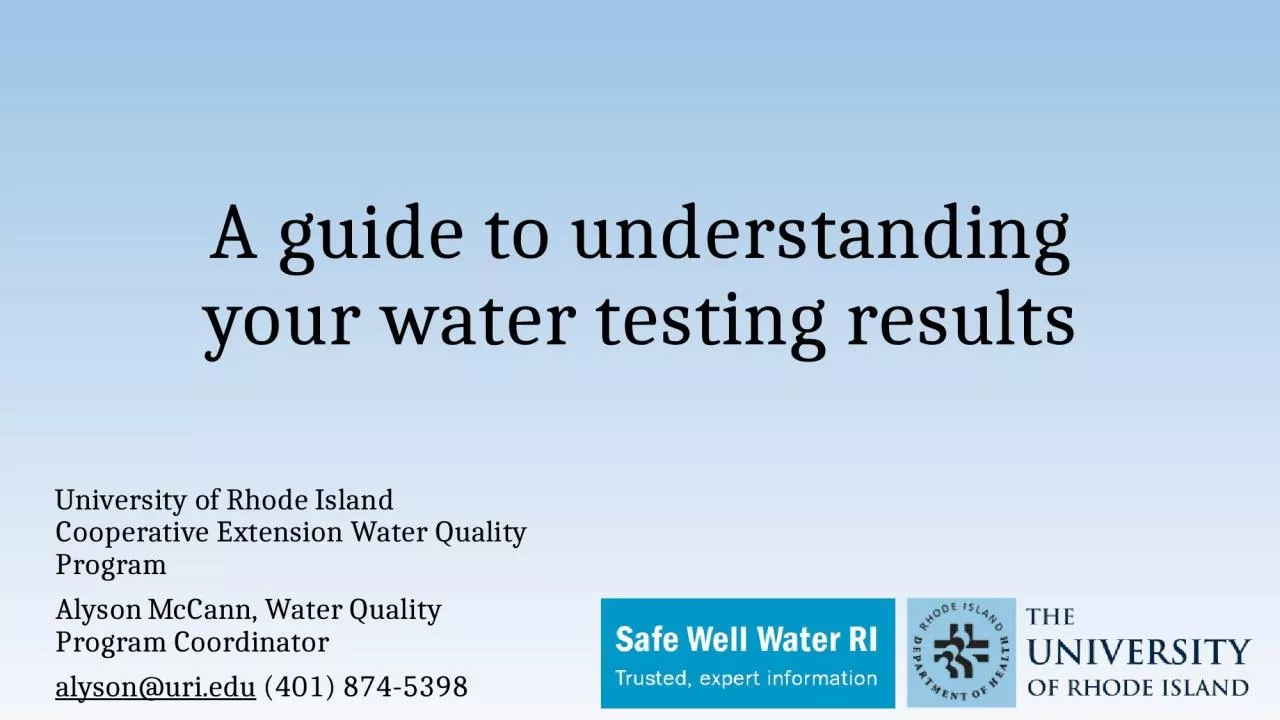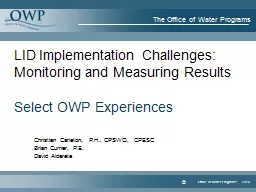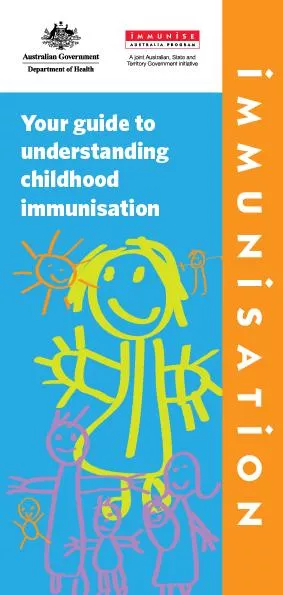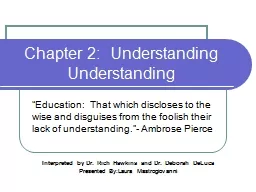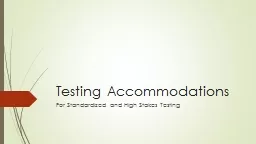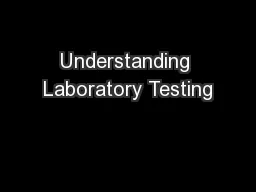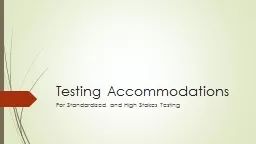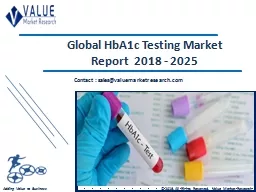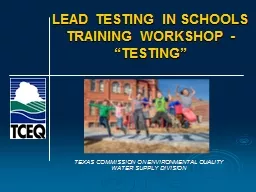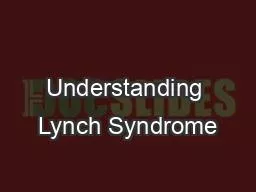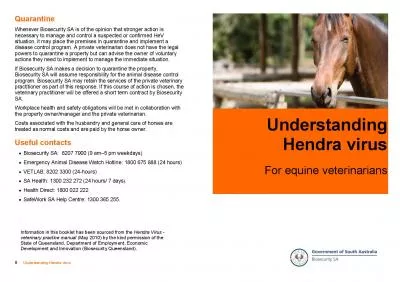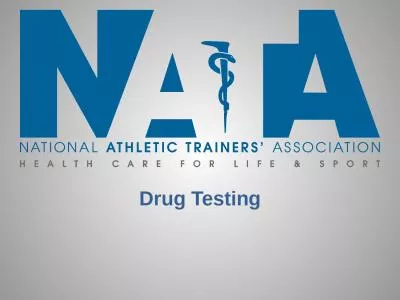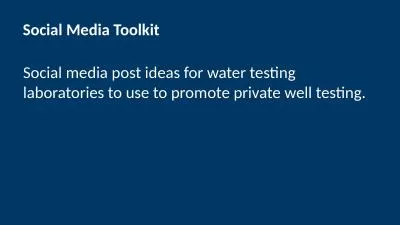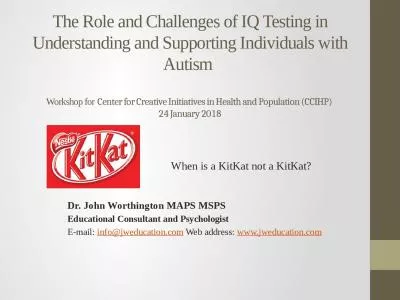PPT-A guide to understanding your water testing results
Author : reese | Published Date : 2024-02-03
University of Rhode Island Cooperative Extension Water Quality Program Alyson McCann Water Quality Program Coordinator alysonuriedu 401 8745398 Topics What do I
Presentation Embed Code
Download Presentation
Download Presentation The PPT/PDF document "A guide to understanding your water test..." is the property of its rightful owner. Permission is granted to download and print the materials on this website for personal, non-commercial use only, and to display it on your personal computer provided you do not modify the materials and that you retain all copyright notices contained in the materials. By downloading content from our website, you accept the terms of this agreement.
A guide to understanding your water testing results: Transcript
Download Rules Of Document
"A guide to understanding your water testing results"The content belongs to its owner. You may download and print it for personal use, without modification, and keep all copyright notices. By downloading, you agree to these terms.
Related Documents

